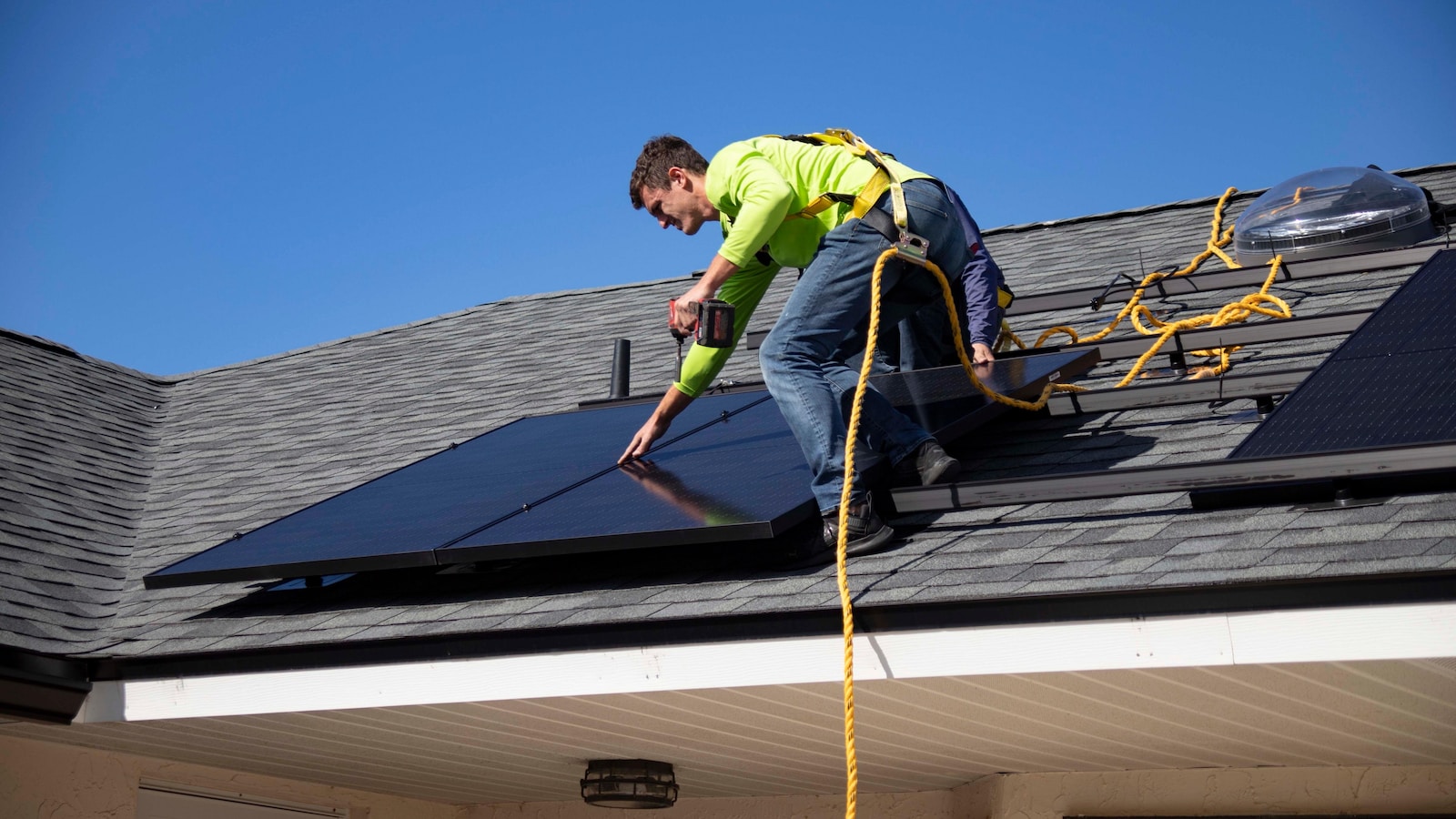Key Takeaway: Calculating the number of solar panels required to power 600 units per month involves considering factors such as average energy consumption, solar panel capacity, location, and efficiency. It is crucial to understand these factors to make an informed decision about transitioning to solar energy.
To determine the number of solar panels required, we first need to understand the energy requirements for powering 600 units per month. The average energy consumption per unit can vary depending on factors such as the size of the unit, the number of occupants, and the appliances used. It is advisable to consult utility bills or conduct an energy audit to estimate the average energy consumption per unit accurately.
Additionally, geographical location plays a crucial role in solar energy generation. Areas with higher solar irradiation receive more sunlight and can generate more electricity. Therefore, it is essential to consider the available sunlight in your region when calculating the number of solar panels required.
Solar Panel Capacity
Solar panel capacity refers to the amount of power a solar panel can generate. It is typically measured in watts (W) or kilowatts (kW). The capacity of a solar panel depends on its size, efficiency, and technology. Higher-capacity panels can generate more electricity in a given period.
To determine the solar panel capacity needed to power 600 units per month, we need to consider the average energy consumption per unit. Let’s assume each unit consumes 500 kilowatt-hours (kWh) of electricity per month. If we divide the total energy consumption (600 units * 500 kWh) by the number of hours in a month (approximately 720 hours), we get an average power requirement of around 416.67 watts.
Factors Affecting Solar Panel Efficiency
Several factors can affect the efficiency of solar panels, influencing the actual power output they can deliver. These factors include:
- Orientation: Solar panels should ideally face south (in the Northern Hemisphere) or north (in the Southern Hemisphere) to receive maximum sunlight throughout the day.
- Tilt: The tilt angle of solar panels affects the amount of sunlight they receive. Adjusting the tilt angle according to the latitude of your location can optimize energy generation.
- Shading: Shading from nearby trees, buildings, or other obstructions can significantly impact solar panel performance. It is crucial to ensure that the panels are not shaded during peak sunlight hours.
- Temperature: Solar panels operate less efficiently at higher temperatures. Monitoring and regulating the temperature of the panels can help maintain optimal performance.
- Maintenance: Regular cleaning and maintenance of solar panels can improve their efficiency and longevity. Dust, dirt, or debris can reduce the amount of sunlight reaching the cells.
Considering and optimizing these factors will help maximize the efficiency and output of your solar panel system.
Calculating the Number of Solar Panels Required
Now that we have an understanding of energy requirements, solar panel capacity, and factors affecting efficiency, let’s calculate the number of solar panels needed to power 600 units per month.
Let’s assume we have solar panels with a capacity of 300 watts each. To determine the number of panels needed, we divide the average power requirement (416.67 watts) by the capacity of each panel (300 watts). In this case, we would need approximately 1.39 solar panels.
Since we cannot have a fraction of a solar panel, we would round up to the nearest whole number. Therefore, we would require at least 2 solar panels to generate enough electricity to power 600 units per month.
However, it’s important to note that this calculation provides an estimate based on ideal conditions and does not account for factors such as efficiency losses, shading, and maintenance. Therefore, it is advisable to consult with a solar energy professional who can conduct a detailed assessment of your specific requirements.
Additional Considerations
When considering solar panels for powering 600 units per month, there are a few additional factors to keep in mind:
- Type and Quality of Solar Panels: Different types of solar panels, such as monocrystalline, polycrystalline, or thin-film, have varying efficiencies and costs. It is essential to choose panels that suit your requirements and offer good quality and reliability.
- Available Space for Installation: Assess the available space on your property for solar panel installation. Consider factors such as roof size, orientation, and any potential obstructions that may affect the placement and performance of the panels.
- Government Incentives and Rebates: Many governments provide incentives, tax credits, or rebates for transitioning to solar energy. Research the available incentives in your area to help offset the upfront costs of installing solar panels.
- Overall Cost: While solar panels can provide long-term cost savings, it is important to consider the upfront investment required. Evaluate the return on investment (ROI) and payback period to make an informed financial decision.
Future Scalability
As you plan your solar panel system, it is worth considering future scalability. Evaluate your future energy needs and whether the solar panel system can accommodate any potential increase in demand. Additionally, assess whether the system can generate surplus electricity that can be fed back into the grid, potentially earning you credits or payments.
In conclusion, calculating the number of solar panels required to power 600 units per month involves considering factors such as average energy consumption, solar panel capacity, location, and efficiency. It is crucial to understand these factors to make an informed decision about transitioning to solar energy. Remember to consult with solar energy professionals and conduct a detailed assessment to ensure accurate calculations and a successful solar panel installation. Embrace the power of the sun and contribute to a cleaner and more sustainable future!



